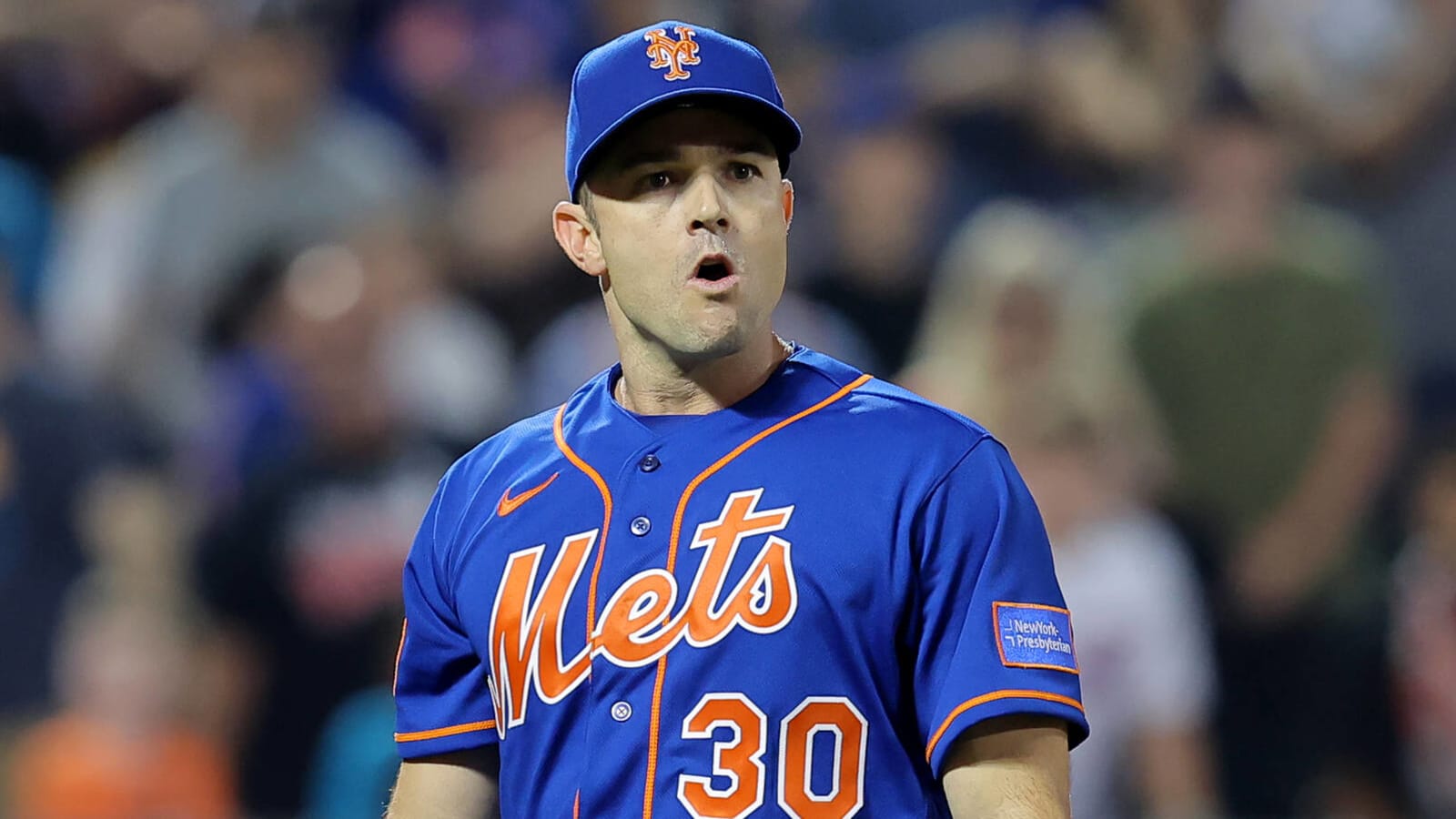
Three reasons the 2023 Mets failed and became trade deadline sellers
After winning 101 games a year ago and watching owner Steve Cohen send the team's payroll to unheard-of heights, the 2023 New York Mets should have entered the season with World Series expectations.
With the team now seven games out of a Wild Card spot (with five teams ahead of them), the Mets made the decision to start selling on Wednesday by sending relief pitcher David Robertson to one of the teams ahead of them in the standings (Miami), netting two prospects in return.
It is a pretty strong sign management knows the team failed and needs to start looking ahead.
Let's take a look at how they got here.
1. A lot of key hitters failed to meet expectations
This kind of goes without saying, but it's still worth looking at how many key players in the lineup performed dramatically below their 2022 levels.
A quick rundown using OPS+, a measure of how far above average a hitter is (with 100 being a league average mark).
- Jeff McNeil went from winning the NL batting title in 2022 (.326 average) with a 141 OPS+, all the way down to a .249 average and an 83 OPS+. Nobody on the team dropped more than him.
- Outfielder Mark Canha saw his OPS+ drop 22 points, going from 123 all the way down to a league-average mark of 101.
- Francisco Lindor went from a 126 OPS+ down to 109.
- Starling Marte was another key starter whose performance plummeted, going from 133 all the way down to 79.
- Even All-Star first basemen Pete Alonso saw a pretty substantial drop from 148 to 122.
When five key position players all go from significantly above-average seasons to league-average performances or worse, it is going to severely hinder your lineup. As a result, the Mets went from the fifth-highest-scoring team in the league a year ago to 19th as of Friday.
2. Age and injuries dismantled the pitching staff
The Mets' pitching staff looked good on paper with a couple of future Hall of Famers (Max Scherzer and Justin Verlander) leading the rotation and the best closer in baseball (Edwin Diaz) in the bullpen.
That situation quickly unraveled when Diaz was lost for the season due to a World Baseball Classic injury, while Scherzer and Verlander started to show that Father Time is always undefeated. The 38-year-old Scherzer has had his worst season in more than a decade, while the 40-year-old Verlander was limited by injuries earlier in the year and missed some time.
Add in the fact they got nothing of value from the back end of the rotation and the Mets' pitching staff went from 7th in ERA all the way down to 18th entering Friday.
3. Sloppy, sloppy baseball
The simplest answer for how they failed: They just played bad baseball. They did not hit well, they made mistakes on the bases, and they were not particularly good at actually catching the ball. While errors are not the end-all and be-all to measuring defensive success, the 2022 Mets committed the second-fewest errors in the league. They did not give teams extra outs. The 2023 Mets, by comparison, have committed the 12th most errors.
When you combine disappointing hitting with an aging and injured pitching staff and sloppy play in the field you end up with the most disappointing team $300 million can buy.
More must-reads:
- Buck Showalter shares honest take about Mets selling
- Mets' sell-off expected to continue with pair of outfielders 'likely to be traded'
- The 'Active MLB strikeout leaders' quiz
Breaking News
Customize Your Newsletter
 +
+
Get the latest news and rumors, customized to your favorite sports and teams. Emailed daily. Always free!

